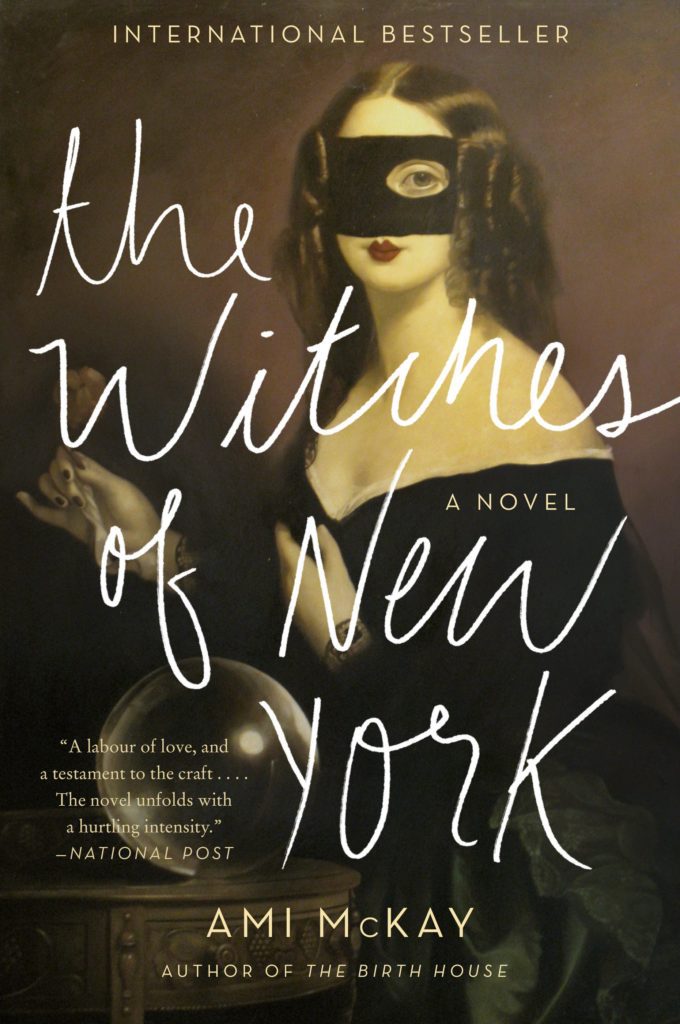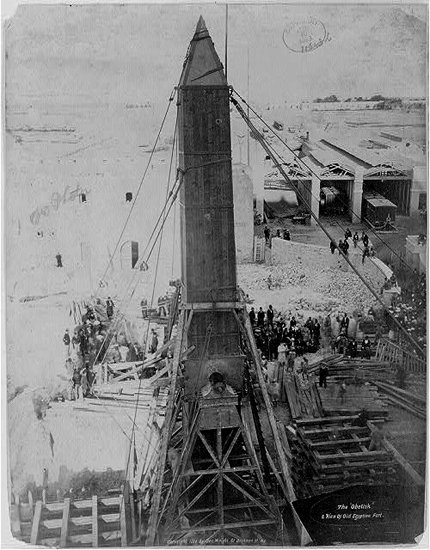
New York, 1880. Two women — Adelaide and Eleanor — own a small store near Madison Square called Tea and Sympathy. Finding themselves in need of a clerk, they post a small ad in the newspaper: “Respectable Lady Seeks Dependable Shop Girl. Those averse to magic need not apply.” Beatrice, a spunky young woman in upstate New York, sets out for the city, determined to get the job.
McKay makes sure the reader finds Beatrice to be self-sufficient. This is her first time away from a comfortable home with her aunt Lydia. Very shortly after setting out, she loses her money and must make it to New York City on wits alone. Her quick-thinking gets her to town, and allows her to cross paths with Cleopatra’s Needle on its way to installation in Central Park.

Upon Beatrice’s arrival at the tea shop, she is quickly welcomed by the older women and their pet raven, Perdu. And she is equally quick to realize this will be no ordinary clerking position. Though she is not “averse to magic”, as the ad requires, she has never really given it too much thought before.
In the meantime, Old Scratch is scouring the city for an easy mark to do his evil works. He finds a misguided preacher, who models himself on the pious prosecutors of Salem and is eager to rid the world of blasphemous witches. (I can’t help but wonder if McKay, from Indiana, was inspired by an 1859 book, also entitled The Witches of New York, by one Q. K. Philanderer Doesticks, P.B. I really hope that’s a pen name. You can read it online from the Indiana University library.)
As Mr. Stevens’ ghost resumed his watch for his wife, and Mrs. Fisher went about her business of checking for dirt and dust, a steady stream of guests came and went from the lobby. A parade of maids (some living, some dead) scurried down the corridors, arms laden with baskets of roses and fruit. A trio of men from Mr. Knox’s hat shop appeared with tape measures in hand, ready to fit top hats and derbies (sil, felt, or beaver) to the crowns of eager heads. A bevy of well-dressed ladies gathered in the main entryway, keen to begin their morning promenade through Madison Square Park. ~ Pg. 164
While the Devil maneuvers through his hapless reverend, the women continue their work holding seances for the upper crust of New York. Their current client, Judith Dashley, is the owner of the Fifth Avenue Hotel, and convinced her building has spirits. The witches’ work is closely studied by alienist Dr. Quinn Brody. Although he is a skeptic, he has taken a keen interest in analyzing the women’s talents.

McKay’s strongest passages and scenes are those that rely on reality as a firm foundation for the story — thankfully most of the book is built upon that. The reader is happy to believe in ghosts as long as they appear within the rules set out. The reader is willing to suspend a disbelief in witches when it is couched along with historical documents and real newspaper clippings. McKay does both of these things very well. (Readers of Jonathan Strange & Mr Norrell will recognize this technique as when magic helps defeat Napoleon and explain the madness of King George.)
The book slips a bit into tween fantasy with the appearance of fairies that try to influence Beatrice’s dreams. Honestly, they aren’t needed and could have been cut completely.
The story is at its best when it firmly sets two feet in the muddy, manure-filled streets of 1880s New York; when it juxtaposes the real dichotomy of science and spiritualism, that for a time, worked side-by-side; when the characters are allowed to ignore their keeper, in this case the author, and take off on their own. It is then that the magic really happens.
My thanks to Mary at HarperCollins for the advanced reader’s copy.
Paperback: 544 pages
Publisher: Harper Perennial (July 11, 2017)
Language: English
ISBN-10: 0062359924
ISBN-13: 978-0062359926
Product Dimensions: 5.3 x 1.4 x 8 inches
